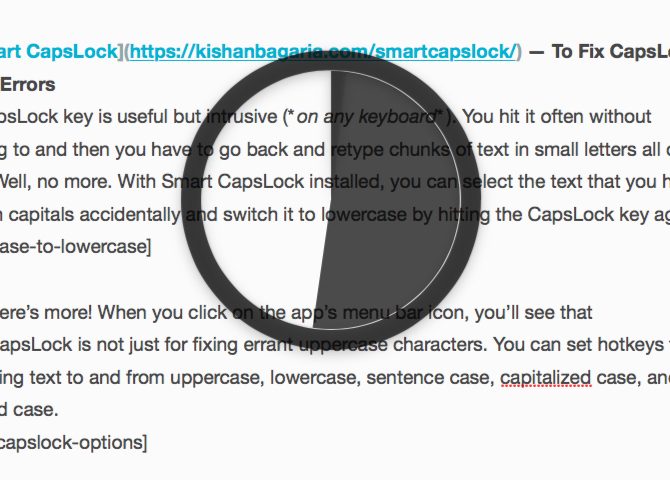
This can occur in different forms: the application may get stuck, force you to restart your system, froze out of nowhere, die, quit or instantly restart your phone. Most iOS applications work properly and are stable, but as an iPhone user, you may be confronted with frozen apps.
#SLOW QUIT APPS WINDOWS#
This is usually the approach many Windows users prefer, rather than waiting for several minutes for the program to get back up and running normally again.IPad or iPhone applications are great for several reasons: you cannot find similar apps on other mobile platforms, it’s usually easy to use them, they are pretty fun and can make time pass easier. Therefore, it may sometimes be better to completely close the program and its associated processes, then rerun it with a fresh start. Repeatedly facing hanging applications and programs can get on your nerves eventually. Now all you need to do is execute this shortcut to kill all apps or programs in the “Not responding” state. taskkill /f /fi "status eq not responding" Click Next In the Create Shortcut wizard, paste the following in the text field under “Type the location of the item:”, and then click Next. Right-click on an empty space on your desktop, expand New, then click Shortcut. This method is recommended for those who often face trouble with their programs hanging or freezing. One of the most unconventional methods to force an app to close is by creating a shortcut on the desktop with the sole objective of killing any app or program that is in the “Not responding” state. The terminated program should now no longer be running. Taskkill /PID PIDNumber /F Terminate task using program PID taskkill /im ProgramName.exe /t /f Kill task using program nameĪlternatively, you can use the following cmdlet and enter the associated PID in place of PIDNumber of the program you want to end. Now use the following cmdlet to kill the program while replacing ProgramName with the actual name noted above. Note down the name of the program you want to force quit from the list.

Paste the following cmdlet to list down the details of all the running processes: tasklist List all running tasks Launch either the Command Prompt or PowerShell with administrative privileges.

If you are a fan of the Windows command line, then you can also quit a program from the Command Prompt or Windows PowerShell. If prompted to send the data to Microsoft, click End task again to kill the program without sending data to Microsoft. In the Processes tab, right-click on the app/program you want to quit and then click End task from the context menu.

Open the Task Manager using the CTRL + Shift + Esc shortcut keys. This is especially useful if a program is stuck and is not responding to any input. End Task from Task Managerīehind every application or a program, there is one or more process(es) running that are visible in the Task Manager, using which you can end a task instantly. Now press the ALT + F4 buttons on your keyboard simultaneously to force quit the program. Select the program window which you want to force quit by clicking on it. In fact, it is even used to quickly close a program even when an app is functioning normally. This method is perhaps the most-used method to instantly close a program. You can close an application or a program using a simple 2-button key combination as long as its window is appearing on your screen.
#SLOW QUIT APPS HOW TO#
Closing Thoughts How to Force Close Program on Windows ALT + F4 Shortcut Keys.


 0 kommentar(er)
0 kommentar(er)
